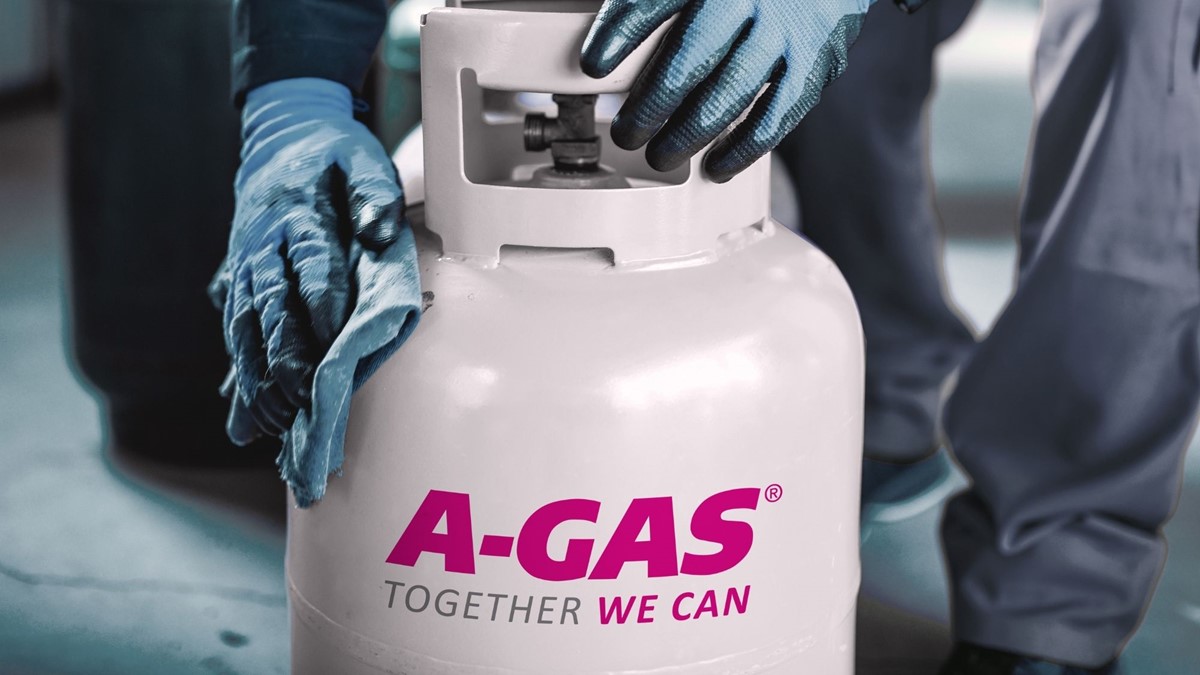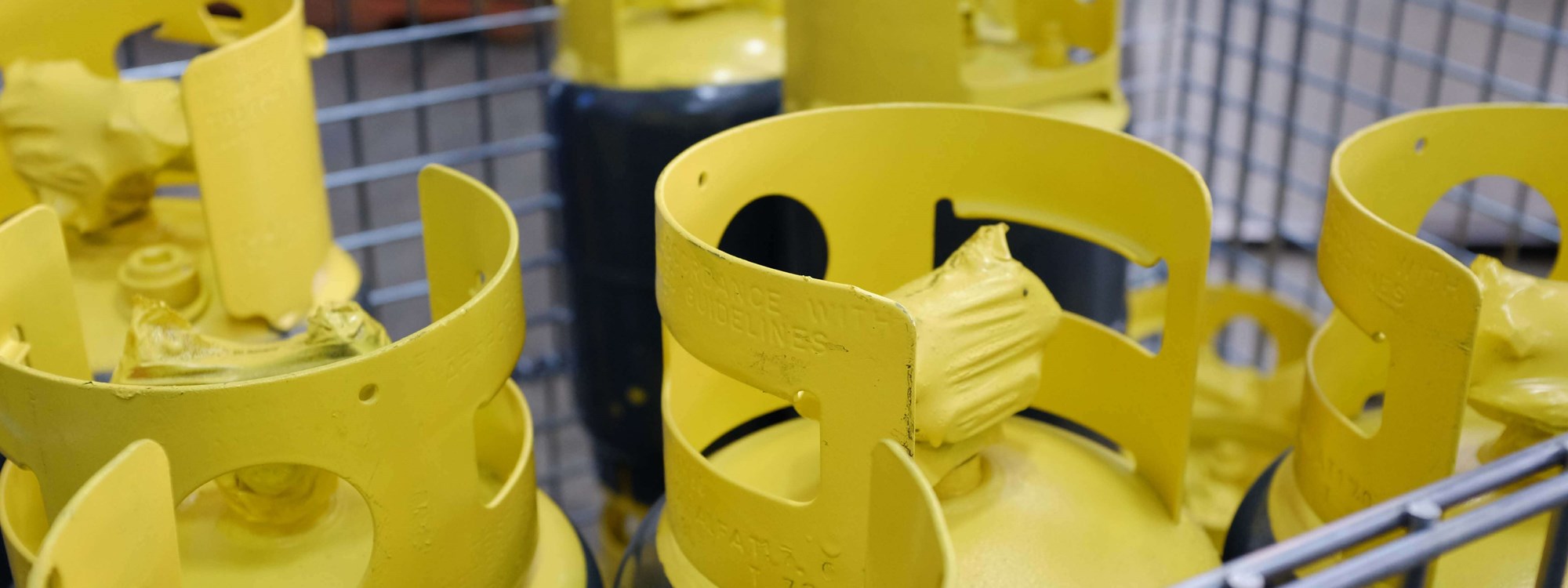
Refrigerant Management
A-Gas Group Sustainability and Regulatory Director, Ken Logan, explains how reclaiming refrigerant, end-of-life destruction, and carbon offsets all have a role to play in refrigerant management.
At A-Gas our twin aim is to supply the lowest global warming refrigerants and promote the further uptake of Lifecycle Refrigerant Management (LRM).
The 90 Billion Ton Opportunity: Lifecycle Refrigerant Management—published by the Environmental Investigation Agency (EIA), the Institute for Governance & Sustainable Development (IGSD), and the Natural Resources Defense Council (NRDC)—outlines tangible interventions, such as refrigerant recovery and reclamation, to mitigate the negative impacts on the environment due to irresponsible refrigerant management.
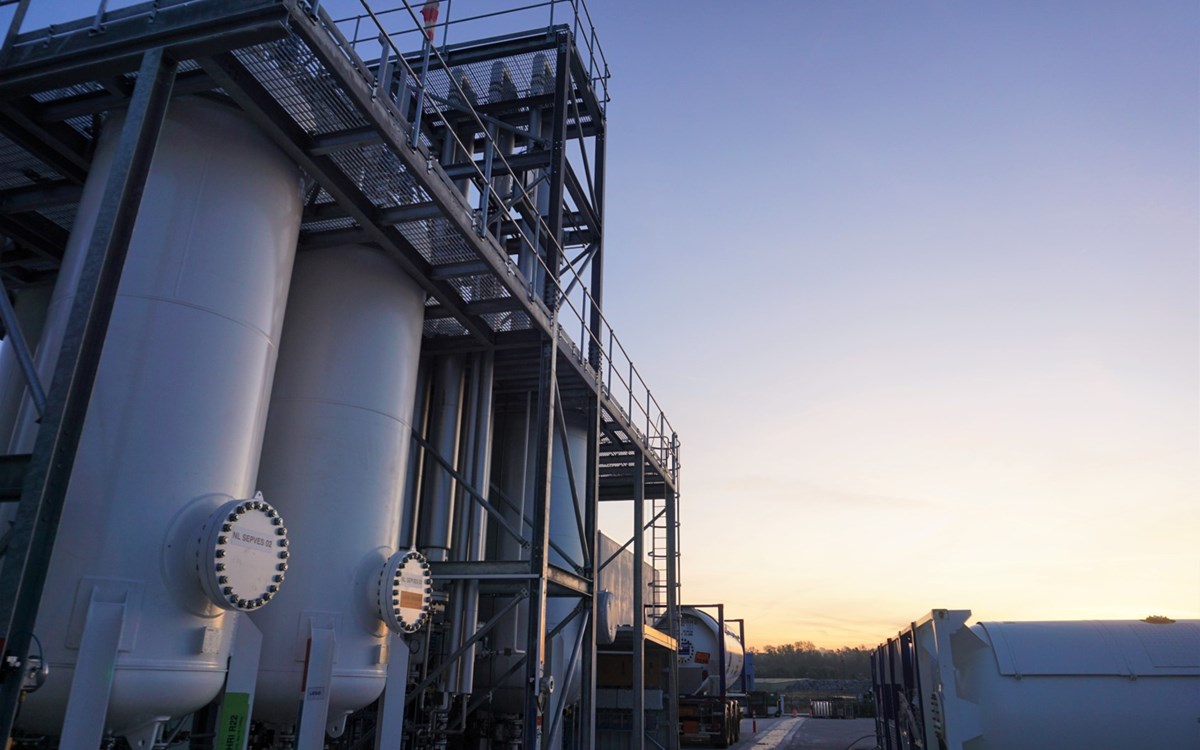
Reclaimed Refrigerant
At the heart of this is the use of reclaimed gases. Refrigerants sent to A-Gas reprocessing plants undergo chemical analysis, are cleaned of contaminants, and pass through our reclamation and separation plant to create a product that matches the virgin refrigerant specification. This refrigerant becomes fully reclaimed product and is returned to the market in line with the AHRI 700 standard.
Reclaimed refrigerant is quota-free and gases saved from disposal and returned to use also reduce raw material usage, energy consumption, and unnecessary transport normally associated with virgin production.
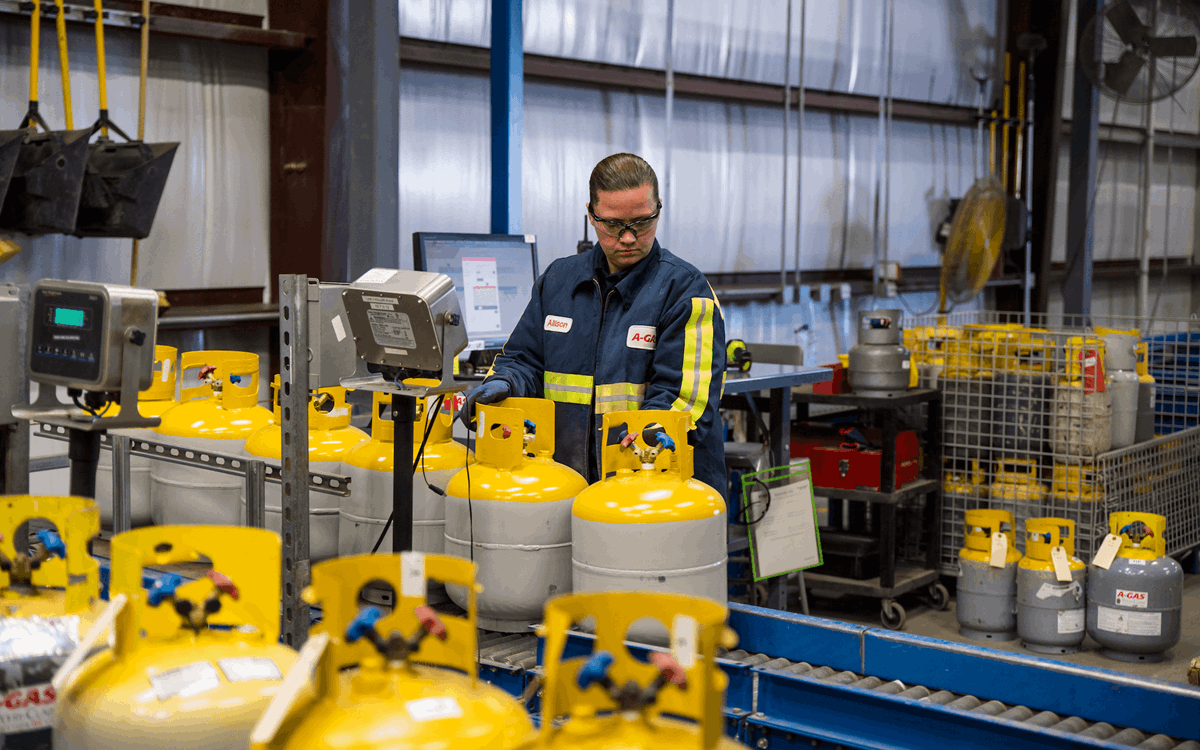
Recovered Refrigerant
But we cannot reclaim refrigerant without a continuous incoming stock of recovered refrigerant. Our Rapid Exchange® service gives our customers who already are safely recovering refrigerant an option to continue participating in lifecycle refrigerant management. Through a simple one-for-one cylinder swap, A-Gas Rapid Exchange teams visit our customers’ locations and provide empty, clean, in-date cylinders so they can safely store recovered refrigerant. We take their recovered refrigerant to our plants for analysis, reclamation, and re-certification.
Similarly, our Refri-Claim program empowers wholesale suppliers to participate in lifecycle refrigerant management. Through our Refri-Claim program, HVAC contractors can drop off their full recovery cylinders at wholesalers while picking up other tools or supplies. Our wholesale partners then work with us to collect and reclaim refrigerants, which we, in turn, re-certify and provide for sale to their customers. In partnering with contractors, end users, and wholesalers, A-Gas enables different stakeholders in the industry to join us in participating in the circular economy.
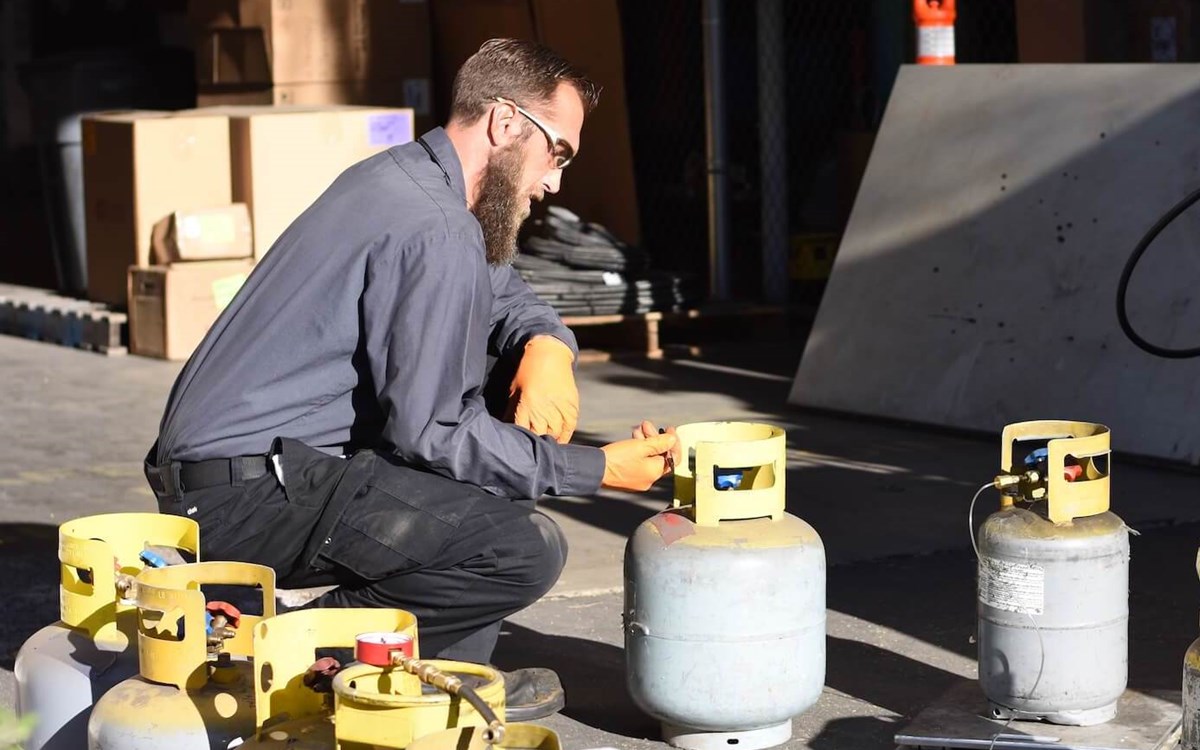
On-Site Recovery Service
A-Gas Rapid Recovery®, the EPA-compliant on-site recovery service, is a good example of how refrigerant recovery can be made easy. Large quantities of refrigerant can be removed swiftly (up to 10x faster!) and safely by our local and mobile A-Gas Rapid Recovery teams across the US before being transported to our reprocessing plants.
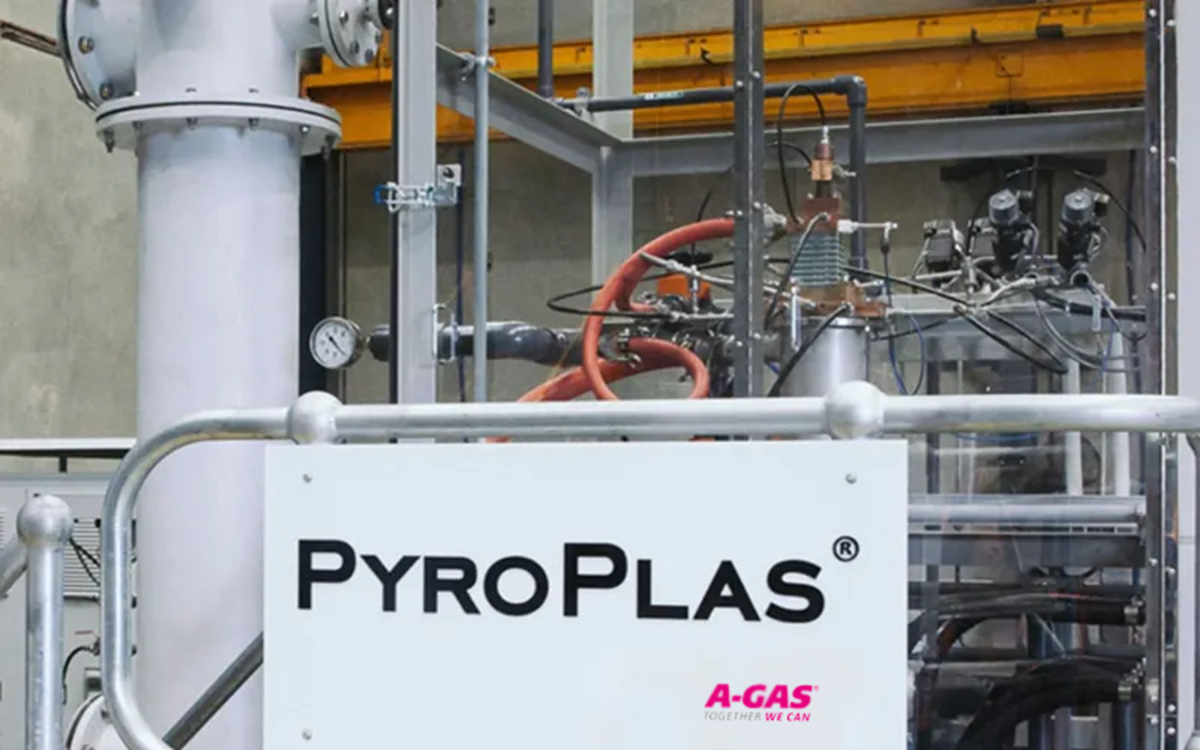
Destruction of High Global Warming Refrigerants
Another aspect of effective refrigerant management is dealing with refrigerants that have reached the end of their useful lives. While end-of-life recovery for destruction does take place across the US, unless it is incentivized, destruction rates will remain low, and most unusable refrigerant may well be vented illegally into the atmosphere. Not only is illegal venting extremely detrimental to the environment, but it is also likely to become a bigger problem when certain refrigerants are finally phased out. Without refrigerant recovery, there cannot be reclamation and recertification.
To further expand our services in dealing with the destruction of high global warming refrigerants unfit for further use A-Gas bought the entire business and intellectual property of Salience Solutions, renaming this as A-Gas PyroPlas®. This acquisition adds to our existing in-house destruction capability through the addition of PyroPlas plasma arc destruction technology for fluorocarbon and non-fluorocarbon gases.
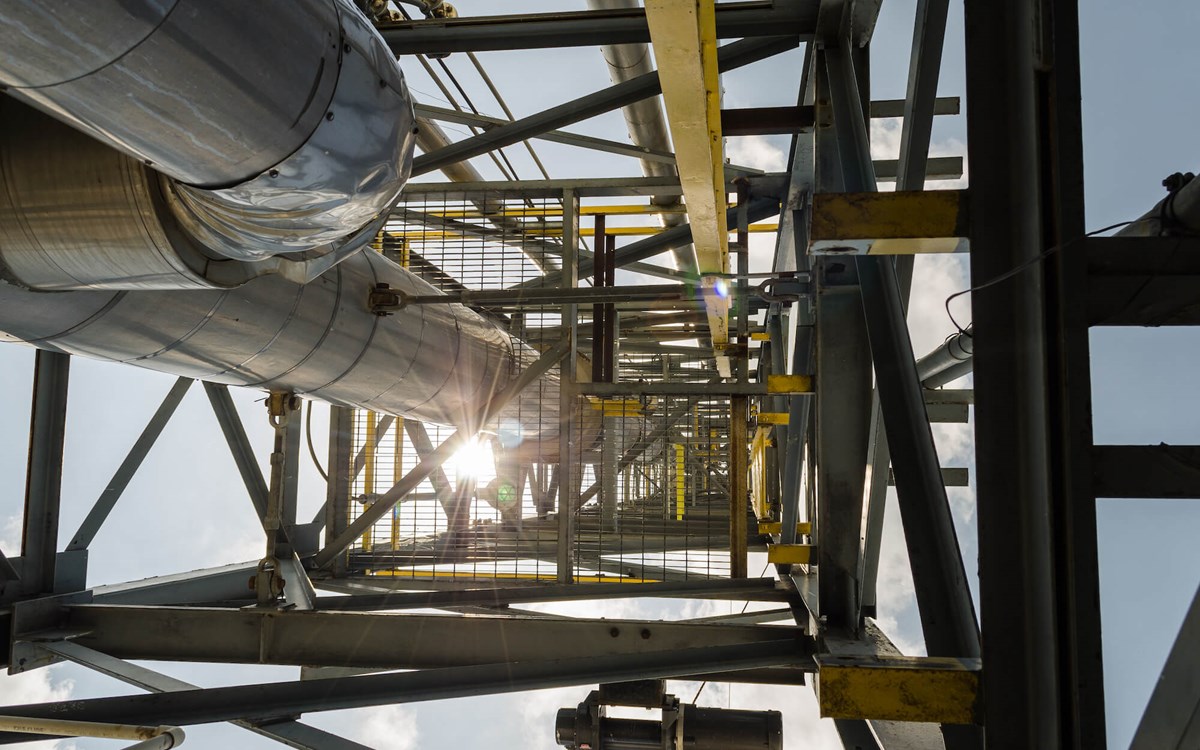
Carbon Offsets
The reclamation and destruction of refrigerants form part of a flourishing carbon offset market in the US. The offsets are generated by displacing the production of virgin refrigerants or, in some cases, the permanent removal of legacy CFC refrigerants through destruction.
The offsets are verified by independent carbon registries. This pragmatic environmental solution is speeding up the transition to lower Global Warming refrigerants and importantly providing an incentive to dispose of end-of-life gases properly.
Greater amounts of high global warming refrigerants need to be lifecycle managed than ever before and we are also recovering and re-using larger quantities of gases—especially in the US. I have no doubt that regulators have a greater role to play in helping to shape the future of our planet by incentivizing options for the reuse of refrigerants and facilitating the safe environmental disposal of these gases when they can no longer be used.
